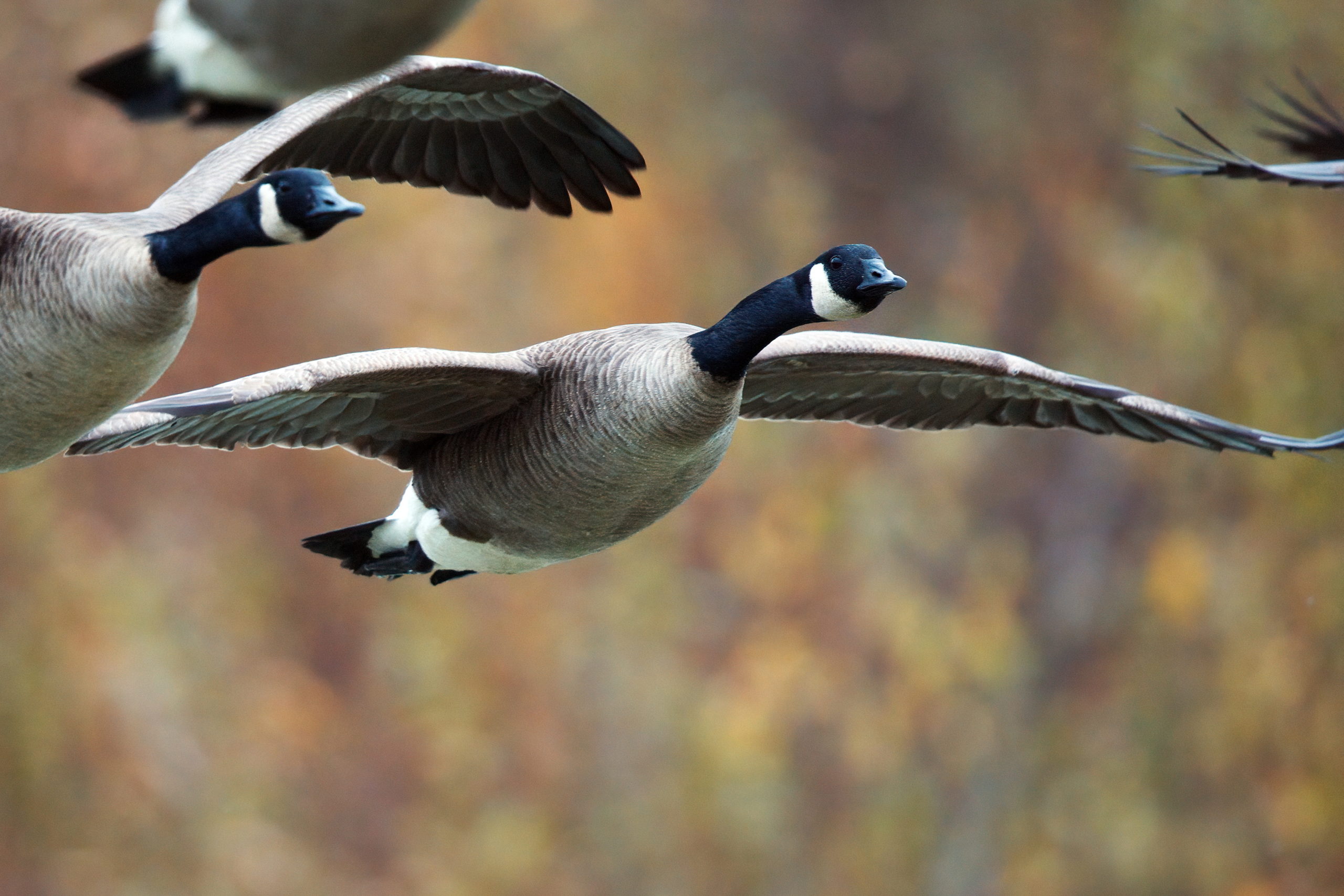Support Us
Since 1979 more than 140,000 animals have been treated by Wildlife Rescue.
Thanks to the support of individuals like you, Wildlife Rescue can provide a lifeline for animals in distress.
 Avian influenza primarily affects domestic poultry and wild birds and is highly contagious amongst birds. Wild species most affected by avian influenza are ducks, geese, raptors and corvids (like crows and ravens). There is currently no treatment for the virus,... Read More
Avian influenza primarily affects domestic poultry and wild birds and is highly contagious amongst birds. Wild species most affected by avian influenza are ducks, geese, raptors and corvids (like crows and ravens). There is currently no treatment for the virus,... Read More
Known for their technique of diving for fish feet-first, Ospreys are a majestic sight in the lower mainland where they inhabit lakes, rivers, and ponds. Unfortunately, entanglement is a large problem for these birds. When fishing lines and other materials are not properly disposed of, birds will use them as supplies for their nests – leading to entanglement. When these large birds get trapped in twine, they can no longer hunt fish or provide for their young.
Read MoreFound in freshwater areas such as rivers and streams, Spotted Sandpipers typically nest close to the shore. Unfortunately, this reliance on coastlines has led to many problems for these birds – especially when chemicals are dumped into the water.
The usage of pesticides and other chemicals may seem harmless – but when these substances float downstream, they can create large problems for local wildlife. Chemicals like pesticides can deplete resources, making it harder and harder for wildlife like Spotted Sandpipers to find the food they need. As well, the digestion of pesticides can lead to wildlife having a difficult time reproducing and can even lead to baby birds being born with deficiencies.
Read MoreEssential to our environment, birds and bees are valuable contributors to our ecosystem. In fact, both species pollinate native British Columbian plants, flowers, and fruits while maintaining local plant diversity. With wild bee species declining at an alarming rate, it is no surprise that eight wild bee species are on Canada’s species risk registry, with three considered endangered after a large population loss. The recent heatwave and ongoing wildfires have created a hostile environment for wildlife, and already unstable species (like many birds and bees) are suffering because of this.
Read MoreFound in lakes and ponds, Common Loons are a common sight from BC to New Brunswick. Known for their black bills and their black-and-white patterned bodies during summer, these birds have a different look from September to March when they have grey heads/backs and whitethroats.
With a large reliance on the water they inhabit, it is no surprise that Common Loons can easily be harmed by pesticides and other chemicals that end up in rivers and streams. This important connection to the wetlands they inhabit is why we need to be extremely careful about how we treat our environment.
Read MoreDue to their friendly nature, Killdeer are unafraid of inhabiting urban areas – which can lead them to great harm. Sports fields, golf courses, and lawns are open spots that Killdeer love. Unfortunately, these man-made open fields often use pesticides and frequently mow to keep the grass at a satisfactory level, which can harm fledglings a great deal. Pesticides, when ingested, are dangerous – and the loss of insects because of insecticides can lower their chance of survival. When Killdeer lose insects, they lose a vital food source. As well, Killdeer often nest roadside, leaving them vulnerable to vehicle collisions.
Read MoreDouble-crested cormorants make their nesting homes on the coastlines of southern BC. They are an iridescent greenish-black, with a bright yellow beak, and white tufts over their eyes during the breeding season. They like to hang out on rocky shorelines and dive for fish.
Read MoreSpring is one of the busiest times of the year for Wildlife Rescue especially with “Rooftop Rescues”. Last year, the rescue team was managing 10 rescues a day to save fluffy little goslings and bringing them to safety with their families.
While nesting on rooftops seems like a safe place for goslings, it can be very dangerous for young geese. To make sure goslings are not harmed by rooftop nesting, the best thing we can do is prevent it!
Read MoreYour generous response enabled construction of the Medical Treatment Centre to be completed just a few months before COVID-19. Thank you for making this project a reality!
Read MoreEvery year, signs of spring fill the air as we feel the temperatures lifting, hear the chorus of year-round and migratory birds returning and the smell of fresh green grass as we step outside. It’s the perfect time to welcome this revitalizing energy into your backyard by preparing for these feathered friends.
In British Columbia Chickadees, Sparrows, Starlings, Robins, Northern Flickers, Bushtits, Finches, Steller’s Jay and Hummingbirds are a few of the common backyard birds looking for mates and shelter to thrive during the busy season.
Read More